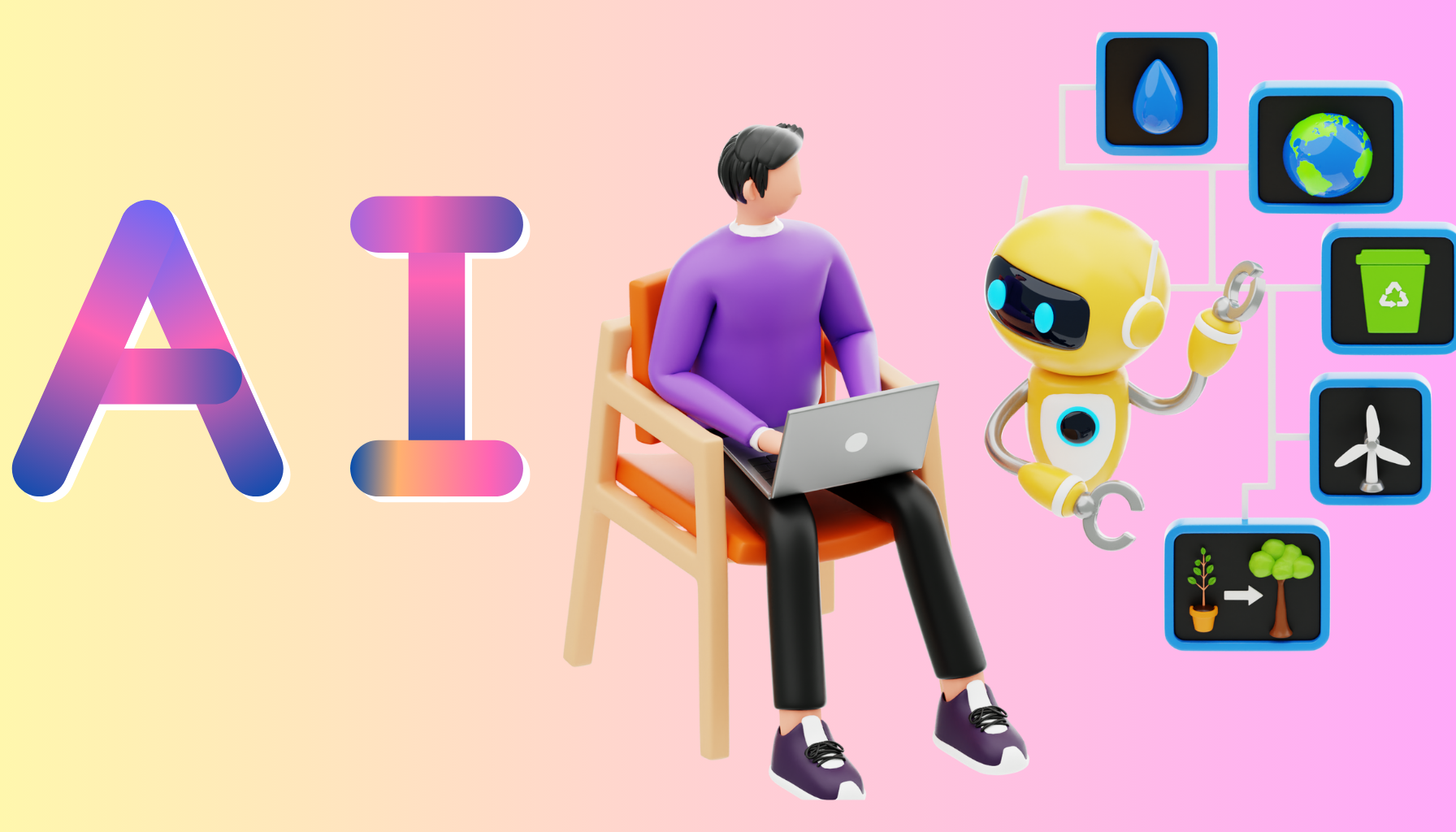
10 Steps to Become AI & GenAI Ready
Want to jump onto AI or Generative AI (GenAI) bandwagon? Follow these 10 steps to prepare yourself. AI is for everybody and world is not going to go back from AI, ever!
🚀 1. Learn Core AI/ML Concepts
- Start with foundational concepts:
- Supervised/Unsupervised Learning
- Neural Networks (CNN, RNN, Transformers)
- Prompt Engineering
- Fine-tuning vs. Prompting (for LLMs)
- Recommended resources:
🛠 2. Master Popular AI Frameworks and APIs
- Focus on widely adopted frameworks:
- TensorFlow / Keras (for structured ML models)
- PyTorch (flexible deep-learning research)
- LangChain / LlamaIndex / Hugging Face (for GenAI applications)
- Practice building small projects integrating these frameworks.
🌐 3. Get Hands-On with LLMs and GenAI Models
- Experiment directly with models like:
- GPT-3.5/4 (OpenAI API)
- Gemini (Google), Claude (Anthropic), Mistral, Meta’s Llama
- Try practical scenarios: chatbots, summarization, coding assistants, content generation, and knowledge retrieval.
🧩 4. Practice Prompt Engineering and Fine-tuning
- Experiment with different prompt structures to understand context handling, zero/few-shot prompting, and chain-of-thought prompting.
- Learn fine-tuning methods with your own datasets (e.g., OpenAI fine-tuning API or Hugging Face’s fine-tuning methods).
📦 5. Build Your AI Portfolio
- Create practical AI/GenAI projects:
- Simple Chatbot using LLM APIs
- Document summarizer / Q&A assistant
- Code-assistant using OpenAI Codex or GPT-4
- Publish projects on GitHub with clear documentation, highlighting real-world applicability.
🔗 6. Join the Community
- Engage actively on platforms like:
- Discord Communities (LangChain, Hugging Face, LLMOps)
- GitHub repositories (open-source contributions)
- LinkedIn & Twitter/X for networking and learning from AI thought leaders.
🎯 7. Explore AI Engineering and LLMOps
- Gain familiarity with model deployment (Docker, Kubernetes, cloud services).
- Understand concepts like vector databases (Pinecone, Chroma, Qdrant), retrieval-augmented generation (RAG), and model monitoring (weights & biases).
⚖️ 8. Embrace Responsible AI Practices
- Learn best practices around bias mitigation, data privacy, and AI ethics.
- Follow AI governance frameworks and apply responsible AI principles in your projects.
📚 9. Continuous Learning & Experimentation
- Keep an eye on emerging trends by subscribing to newsletters (e.g., “The Batch,” “AI Breakfast,” “Towards AI”).
- Constantly try out new tools, libraries, and models; the GenAI landscape evolves rapidly.
🚧 10. Understand Real-World Limitations
- AI tools, including GenAI, aren’t perfect; grasp their limits clearly.
- Manage expectations and proactively communicate limitations to stakeholders.
Following these practical steps will accelerate your AI/GenAI journey and make you highly competitive in the rapidly evolving market.

